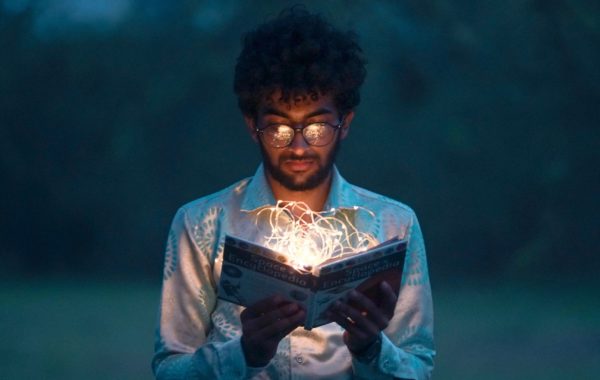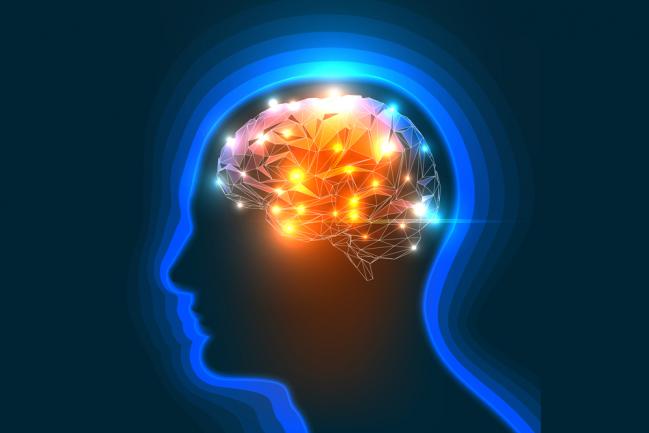How to Develop a Photographic Memory: Techniques and Exercises

A photographic memory, also known as eidetic memory, is the ability to recall images, sounds, or objects in great detail and clarity. While some people are naturally gifted with this ability, others can develop it through practice and training. In this article, we will explore the techniques and exercises that can help you achieve a photographic memory.
Understanding the Science Behind Photographic Memory
Photographic memory is believed to be a type of sensory memory, which is a brief storage of information in its original sensory form. Sensory memory lasts only a fraction of a second, but it can be transferred to short-term memory if attended to. Short-term memory has a limited capacity and lasts only a few seconds, but with repetition and rehearsal, it can be transferred to long-term memory.
The brain processes visual information differently from other sensory information. Visual information is processed in the occipital lobe at the back of the brain, and it is stored in a network of neurons that are dedicated to processing and storing visual information. This network is known as the visual memory store, and it is where visual information is kept in a brief but detailed form.
Techniques to Improve Your Photographic Memory
- Chunking: Chunking is the process of breaking down information into smaller, more manageable pieces. This makes it easier to remember and recall. You can chunk information by grouping similar items together or by using mnemonics.
- Association: Association is the process of linking new information to something you already know. This helps to create a connection between the new information and your existing knowledge, making it easier to recall.
- Visualization: Visualization is the process of creating a mental image of the information you want to remember. This helps to encode the information in your brain in a way that is easy to recall.
- Repetition: Repetition is the key to memorization. The more you repeat the information, the more likely you are to remember it. You can repeat information out loud, write it down, or use flashcards to reinforce your memory.
- Concentration: Concentration is essential for a photographic memory. You need to be fully focused and attentive when trying to remember information. Avoid distractions and minimize noise and other interruptions while studying.
Exercises to Improve Your Photographic Memory

- Memory Palaces: Memory palaces are mental images of a place or object that you use to store information. You can use memory palaces to remember lists, names, or other information. To create a memory palace, imagine a place you know well, such as your home or workplace, and associate the information you want to remember with specific objects or locations in that place.
- Name and Face Memory: This exercise involves practicing recalling names and faces of people you meet. Make an effort to pay attention to people’s names and faces when you meet them, and then try to recall them later.
- Number Memory: This exercise involves practicing recalling numbers. Start with simple numbers and gradually increase the difficulty by adding more numbers or using longer sequences.
- Picture Memory: This exercise involves practicing recalling images. Try to remember the details of a picture you see, and then try to recall them later.
- Storytelling: This exercise involves creating a story that incorporates the information you want to remember. The story should be rich in detail and should include vivid descriptions and images.
Frequently Asked Questions
Q. What is photographic memory and how does it work?
A. Photographic memory is a term used to describe the ability to recall visual information in great detail. It’s often thought of as a person being able to “snap a picture” of what they see and then recall it later with perfect clarity. However, this is not exactly how it works. The human brain has the ability to process and store vast amounts of information, and with practice and effort, a person can improve their ability to recall visual information.
Q. Can anyone develop a photographic memory?
A. While some people may have a naturally better ability to remember visual information, anyone can work to improve their memory and recall ability. This involves using techniques and exercises to train the brain, as well as making lifestyle changes to support cognitive function. With dedication and effort, anyone can develop a stronger memory.
Q. What steps can be taken to improve photographic memory?
A. To improve photographic memory, it’s important to use techniques and exercises that challenge the brain and help it process and store information more effectively. This can include visualization exercises, memory games, and mnemonic devices. In addition, it’s important to maintain a healthy lifestyle by getting enough sleep, eating a balanced diet, and engaging in regular physical activity. Challenging your mind by exposing yourself to new and stimulating experiences can also help improve your memory.
Conclusion
Developing a photographic memory requires practice and dedication. By using the techniques and exercises outlined in this article, you can improve your memory and recall skills. For more information on Cognitive Training, check out this article Photographic Memory Test
It’s important to note that everyone’s memory is different and some people may find that they naturally have a better ability to remember visual information. However, with consistent effort and practice, anyone can develop a stronger memory and improve their ability to recall information.
In addition to the techniques and exercises mentioned above, it’s important to maintain a healthy lifestyle to support cognitive function. This includes getting enough sleep, eating a balanced diet, and engaging in regular physical activity.
Another key factor in improving your photographic memory is to challenge your mind on a regular basis. This can include learning a new skill, trying new experiences, or reading and studying new information. By exposing yourself to new and stimulating experiences, you are training your brain to process and store information more effectively.
In conclusion, developing a photographic memory requires time, effort, and dedication. By using the techniques and exercises outlined in this article, as well as making lifestyle changes and challenging your mind, you can improve your ability to recall information and develop a stronger memory.



